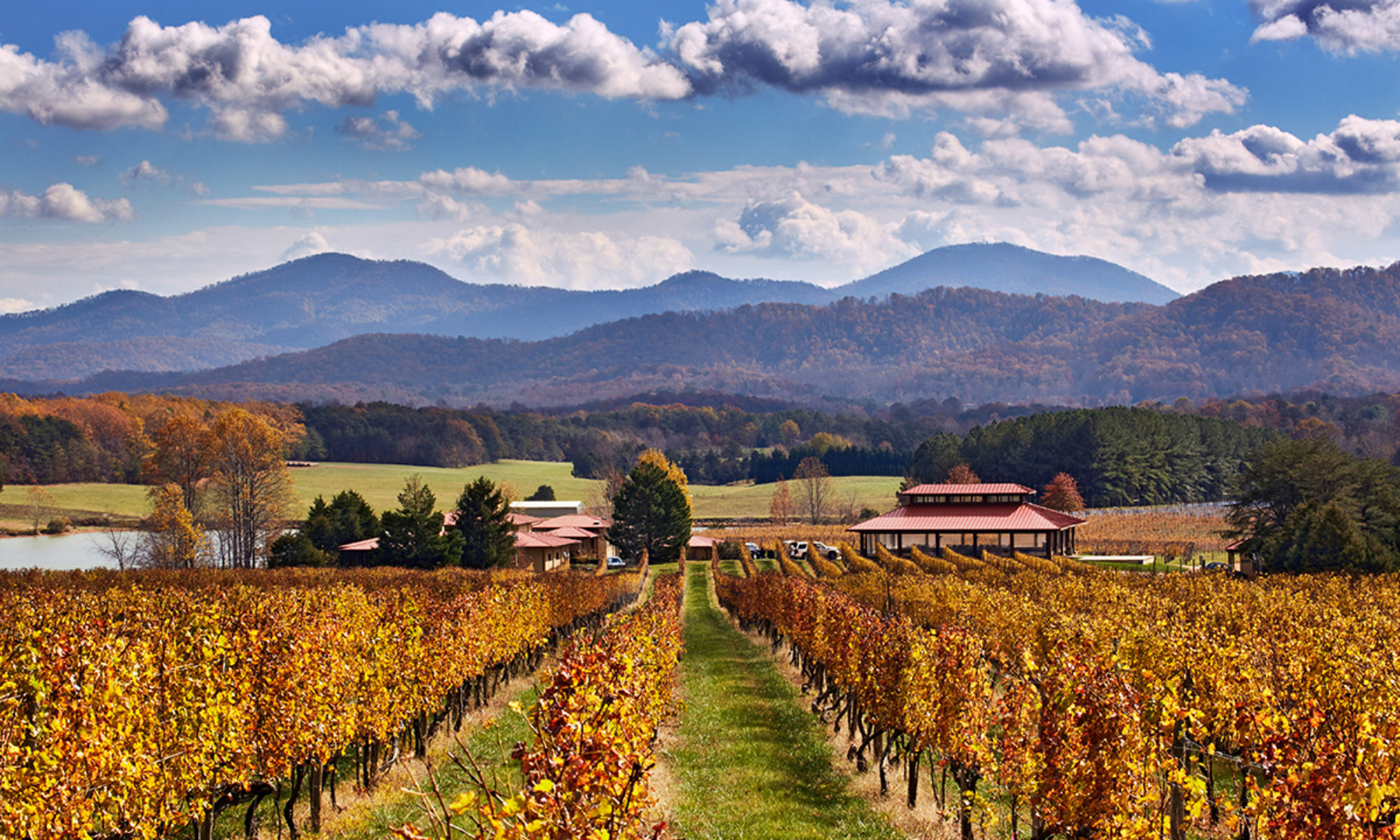Caret Cellars
• In the town of Caret, Essex County, just off of Route 17, about two hours south of Washington. The newest (as of May 2018) Northern Neck winery. The Thompsons bought this property in 2006, and opened their winery in 2014. They grow six varietals on 6 ½ acres.
• Wine. Tier II. Reviews are generally positive, albeit scarce. Caret’s offerings include an unusual white merlot. The focus is on reds, including their version of a Supertuscan blend, and a mostly Chambourcin offering.
• Setting. All reviews point to the winery’s relaxed atmosphere, and personal attention to the tastings and stories from the owner. As of yet there is no “tasting room” per se, which has the advantage that you taste wines where you can more directly see the winemaking process.
• Stories. One star. Virginia history – from villages to plantations. The little town of Caret contains bookend examples of the 17th and 18th century transformation of Virginia territory from Native American settlements to large colonial plantations. (1) On Highway 17, near Caret, is a roadside historical marker entitled “Rappahannock Indian Migration.” This commemorates an important early milestone in the conflict between the European settlers and Virginia’s Native Americans. The Rappahannock, at the time of European arrival, were the dominant tribe along the banks of the river. Another historical marker 2 miles south of here, “Tappahannock Indian Village,” notes that in 1607 John Smith found 14 Rappahannock Indian villages along the river. As the European settlements grew, their efforts to push the Indians off the land increased; the marker here in Caret reads “West of here, on the ridge between the Mattaponi and Rappahannock Rivers, the Rappahannock Indians built a fort to defend themselves from hostile settlers and other Indians during Bacon’s Rebellion in 1676. An order of the colonial Virginia Council in 1682 granted 4,000 acres to the Rappahannocks “about the town where they dwelt.” In 1683, following increased attacks along the Virginia frontiers by Iroquoian warriors, the General Assembly ordered the Rappahannocks either to find a new home or merge with the Nanzaticos. During January and February 1684, the Rappahannocks and their belongings were transported 35 miles up the Rappahannock River.” (2) After the Native Americans were forced away, the land came increasingly to be developed in large plantations. One of the larger remaining plantation mansions in Virginia is in Caret: Blandfield, was still owned recently by descendants of the original founders, the Beverley Family (though listed for sale). Robert Beverley wrote the first history of Virginia. The 18th Century house can be rented for events.
